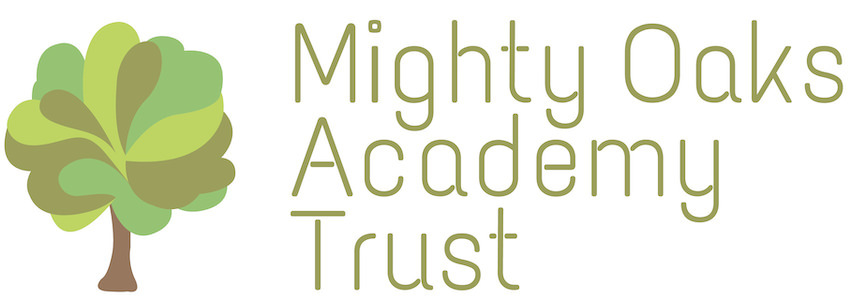Design & Technology
INTENT
Our Curriculum Intent for Design and Technology is to:
- Develop students’ creativity, design thinking, and problem-solving skills through practical, hands-on activities.
- Provide opportunities for children to combine their practical skills with their understanding of real-world contexts, materials, and technological processes.
- Provide a strong foundation in design principles, technical knowledge, and the ability to evaluate and improve their designs.
IMPLEMENTATION
Our D&T curriculum is well-sequenced and builds upon prior knowledge. It is designed to develop children’s skills progressively, exploring a range of contexts and materials. Our curriculum includes projects that cover a variety of design challenges, such as mechanisms, structures, textiles, and food technology. These projects are relevant, engaging, and reflect the diverse needs and interests of the students.
Our provision is supported by resources that stimulate creativity and enable students to experiment with different materials and tools. We conduct risk assessments as appropriate to ensure that students can complete projects safely and independently. Appropriate investment in resources allows students to experience working with a wide range of materials, from traditional materials like wood and textiles to more modern materials like plastics and electronics.
Our D&T curriculum establishes strong links with real-world contexts and using technology to solve problems or improve processes. By connecting their learning to real-life applications, students develop a deeper understanding of the value and purpose of design and technology in the world around them.
Our D&T Curriculum is inclusive and accessible to all students, regardless of their backgrounds, abilities, or gender. Adaptive learning strategies are implemented to accommodate the individual needs and learning styles of students, providing appropriate challenges and support.
IMPACT
Through engaging in creative design projects, students develop critical thinking, problem-solving, teamwork, and communication skills. They become confident in their ability to apply knowledge and skills within real-world contexts.
We use a combination of assessment for learning techniques and completion of projects to make judgement on children’s attainment levels in DT, which enables us to track their progress over time.


